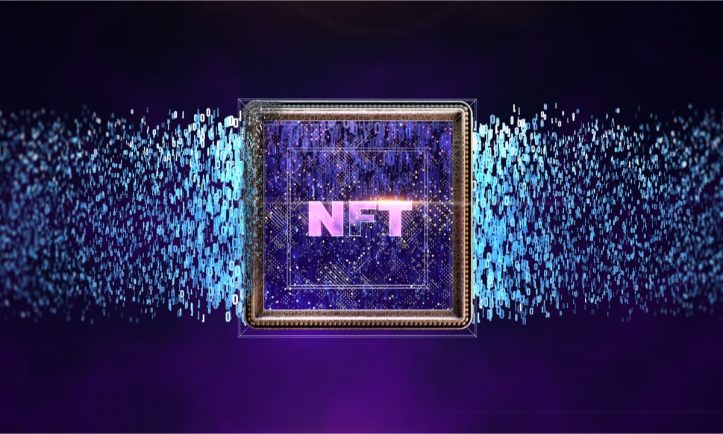What is an NFT? A non-fungible token is an intangible unit of information stored in a computerized ledger, also known as a block chain, that declares a particular digital item to be completely unique and thus not interchangeable with another copy. An NFT is commonly used as part of a distributed ledger, which tracks the ownership of assets in a peer-to-peer manner.
NFTs are able to store and transmit data at greater speeds than conventional block chaves because they use no physical memory. This allows for faster transaction rates as well as lower transaction fees.

There are two common ways to trade using non-fungible tokens. In the first, an investor pays for a specific piece of art or other digital item using funds from his or her smart contract. The purchaser then agrees to hold the non-fungible token until such time as the purchaser wishes to sell it. Should the purchaser wish to sell the item immediately, he or she would remove the underlying NFT from its vault. This allows the seller to instantly purchase the desired digital item at a discounted price.
The second method of transacting with a non-fungible token involves creating a transaction from a buyer and a seller. The buyer transfers funds to a designated digital asset and the seller retains possession of the asset until the agreed upon amount of time has passed. During this time period, the seller offers the digital file to the buyer at a discounted price. Should the buyer wish to sell the item, he or she would again remove the underlying NFT from its vault.
How are non-fungible tokens created and how do they differ from traditional currencies? Digital assets can be created through a process called asset exchange. Through asset exchange, an investor who owns a certain digital file can offer that file to another investor who may have an equal or greater desire to own the same item. In this way, the value of one’s NFT changes based upon the value of another investor’s NFT. The non-fungible asset is typically worth more than the underlying funds because the investor owns it after all.
What makes this type of investment so attractive comes from the fact that it is not necessary to trust that one-of-a-kind works of art will gain appreciations worth thousands of dollars. Investors who purchase these types of items are doing so with the understanding that they will be able to resell or trade them when the time arises. Many investors are attracted to the fact that these types of investments do not require the purchase of more expensive physical products. This can make them a perfect fit for those who want to generate passive income or for those who simply enjoy art but do not have a need to have their work appraised or evaluated.
It is important to understand, however, that in some instances, the value of a non-fungible token may be less than that of a physical product. This is why some people may choose to purchase both types of items simultaneously. Those who use the Twitter tool can sell their NFTs to others by posting the URL to their tweets. The value of a tweet can fluctuate, as it has done on the stock market. Therefore, if someone were to post a tweet that indicated that they would sell a particular NFT, it would be helpful to listen to whether the other Twitter users who were following that user expressed interest in purchasing the same item.
However, there is another benefit to both the Twitter and the Blockchain marketplaces. While NFTs cannot technically be traded like physical products, the fact that they can be “sold” like stock does have several advantages. First, this makes it easier for users to determine which currencies they wish to invest in. It also makes it much easier for them to become familiar with the various charts and graphs that will allow them to see when certain trends may be profitable, and when they may be safe to steer clear of. This allows investors and traders to better determine the appropriate times to buy or sell non-fungible tokens.
On the flipside, it is important to realize that NFTs are not always sold directly from the company issuing them. Many companies issue their own tokens, called non-fungible securities. These are typically issued in combinations as a means of creating additional liquidity in the market. In the event that the value of the issuing company’s token drops, other secondary selling sources will sell their NFT shares. If the value of the non-fungible securities increases, the holders of the original NFT will have the option to sell theirs and thus increase liquidity. Because of this, it is often more advantageous to trade both types of NFTs at the same time.